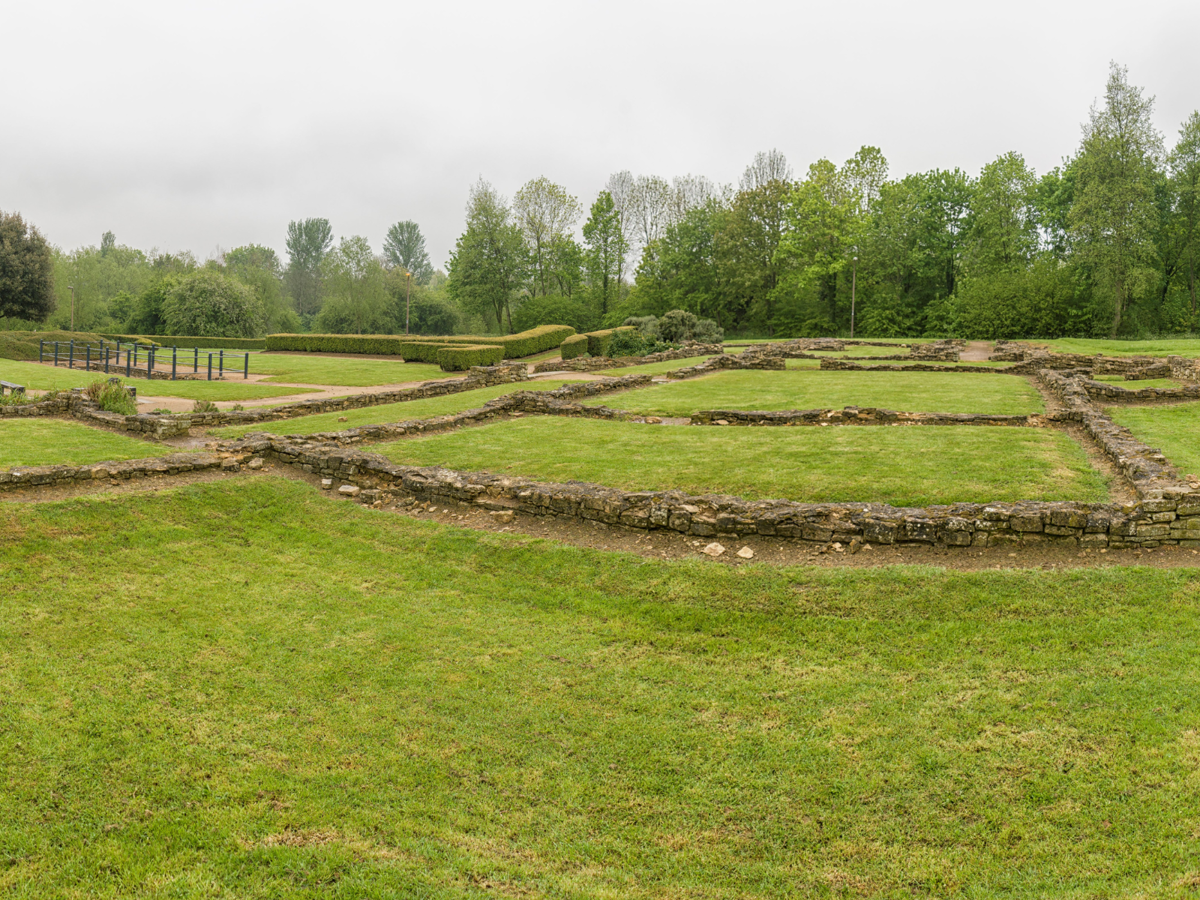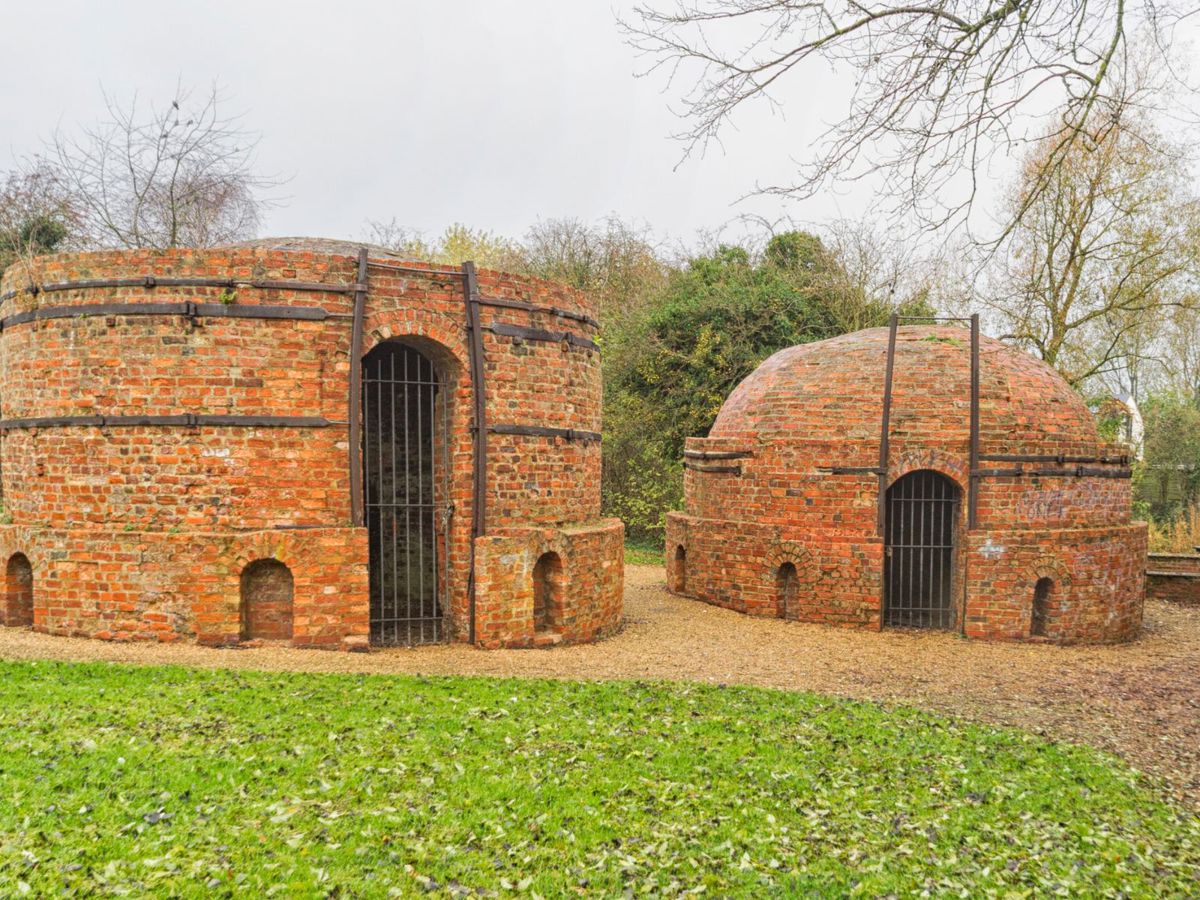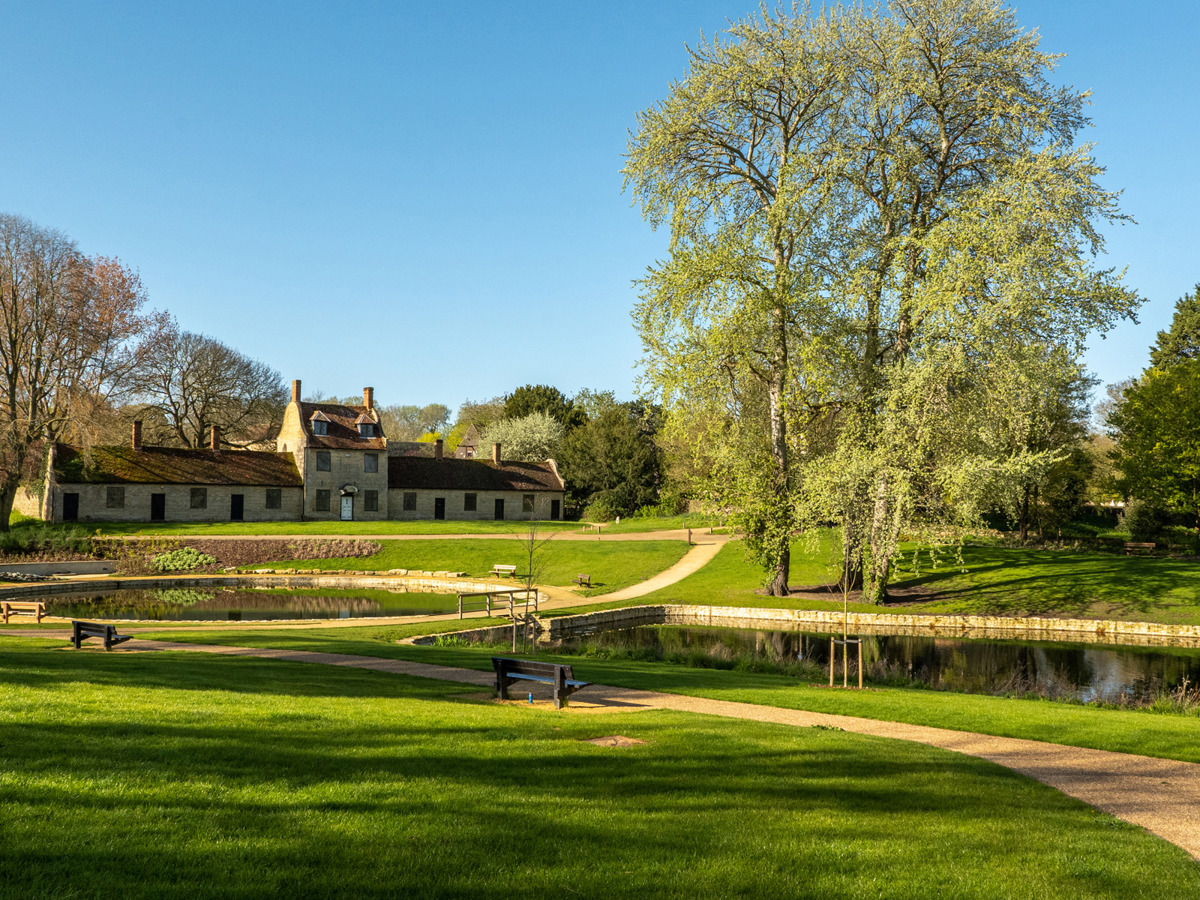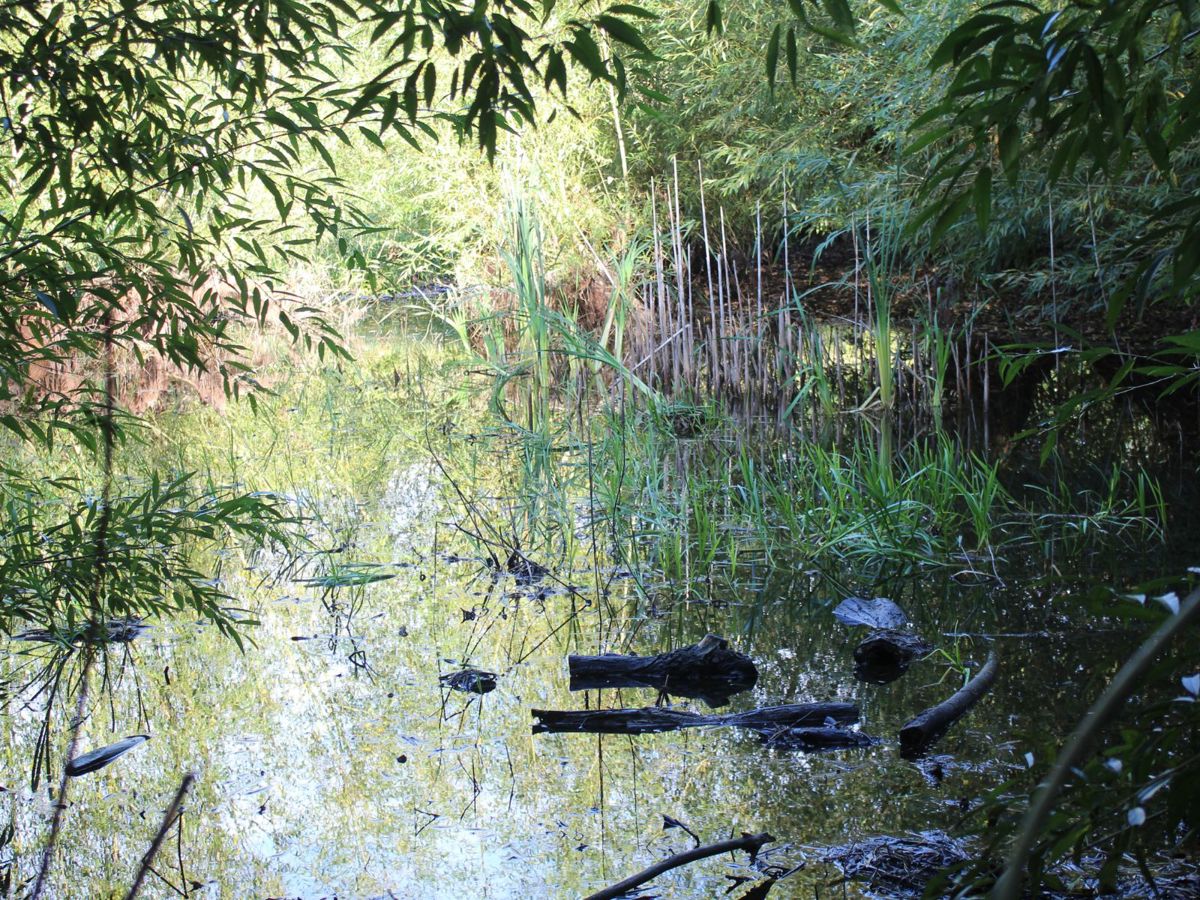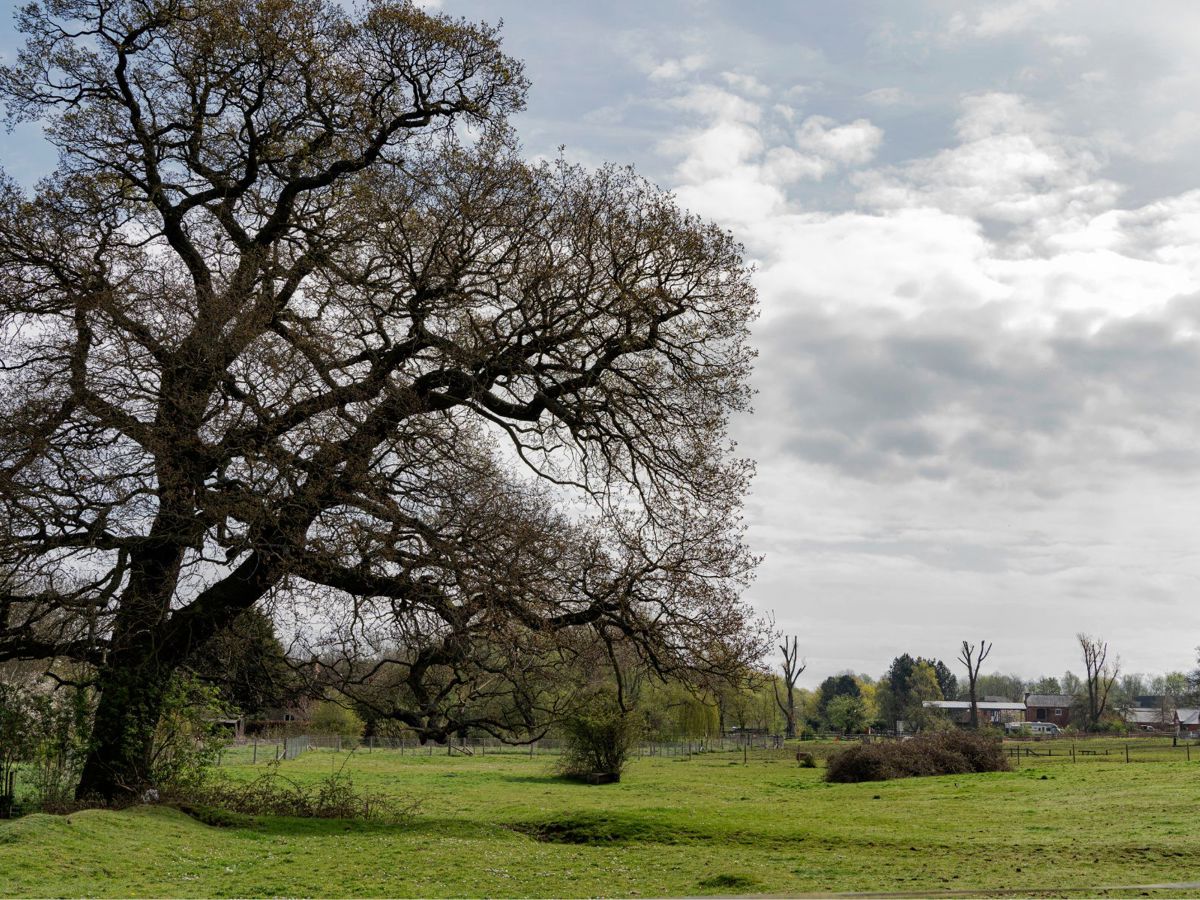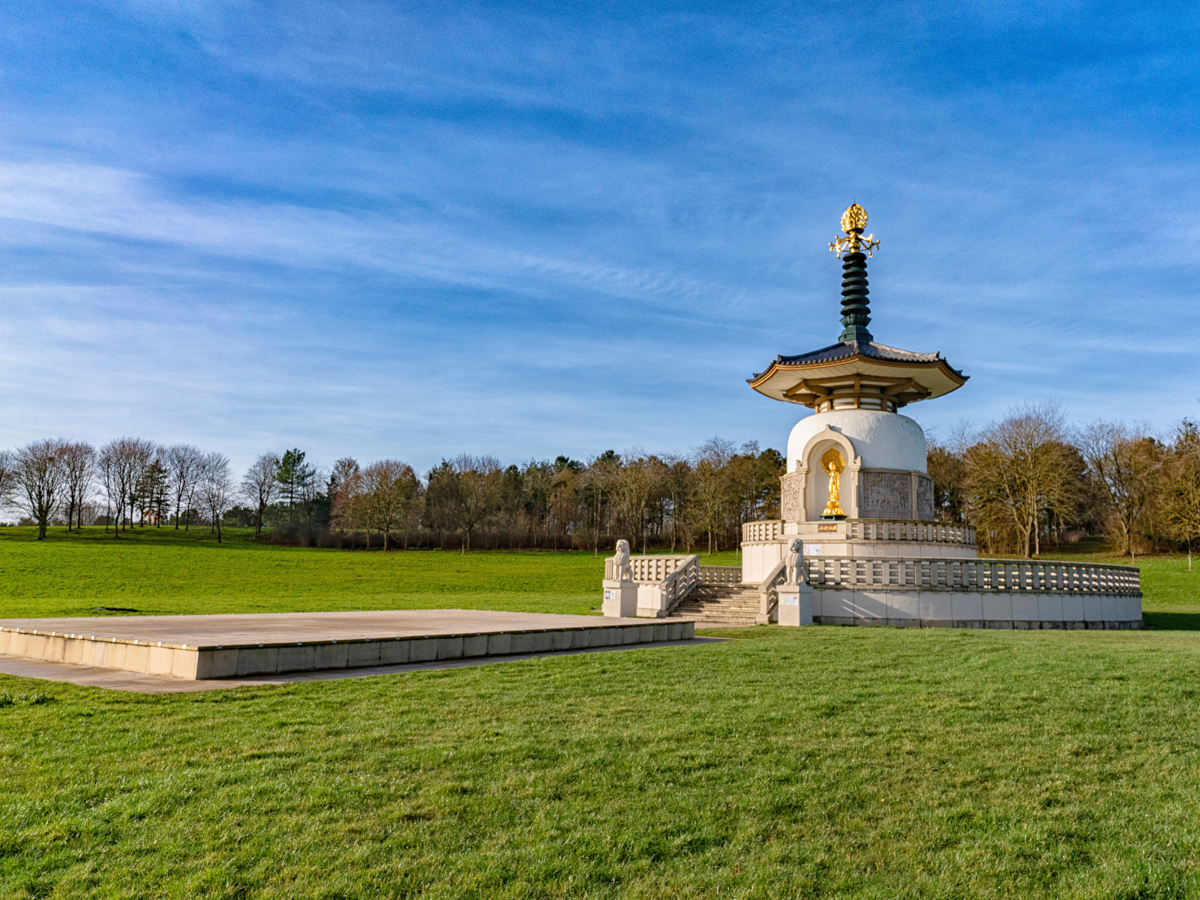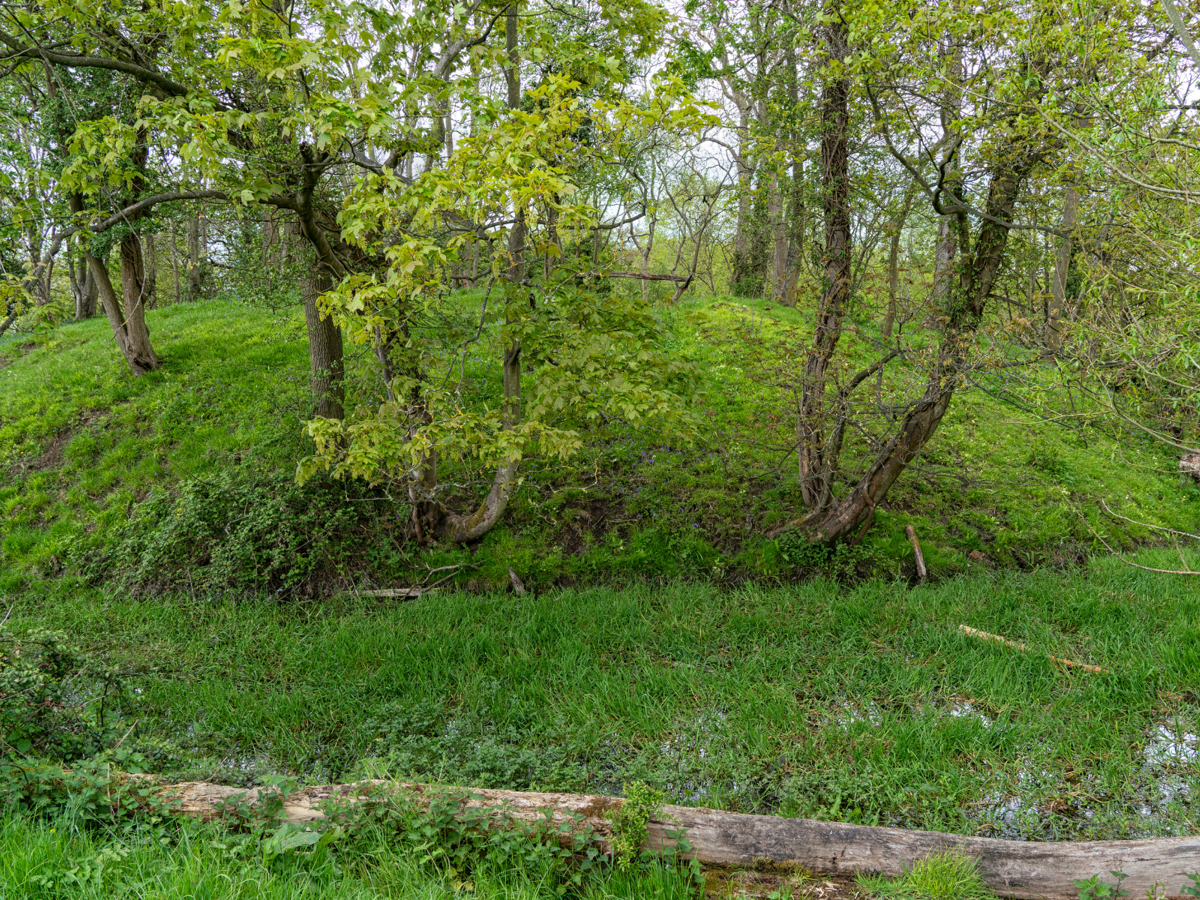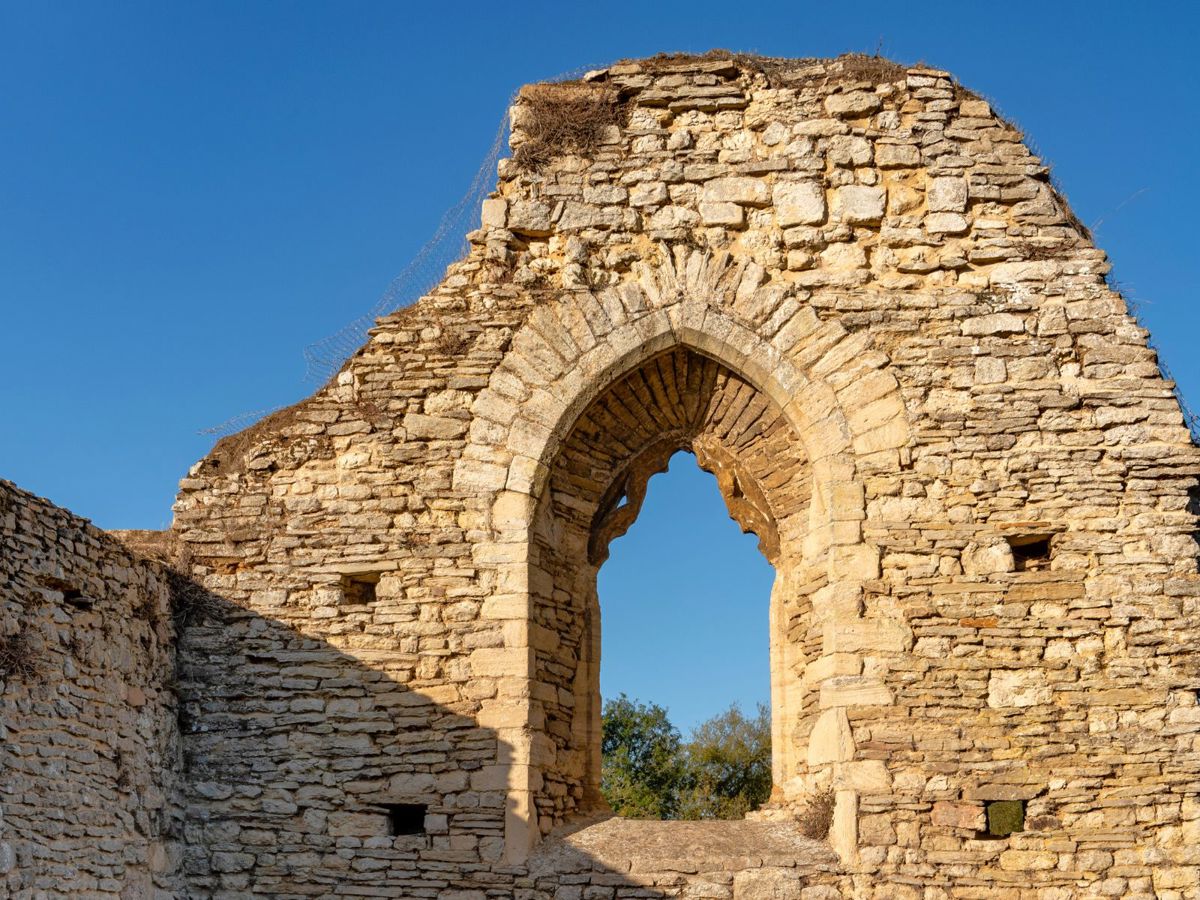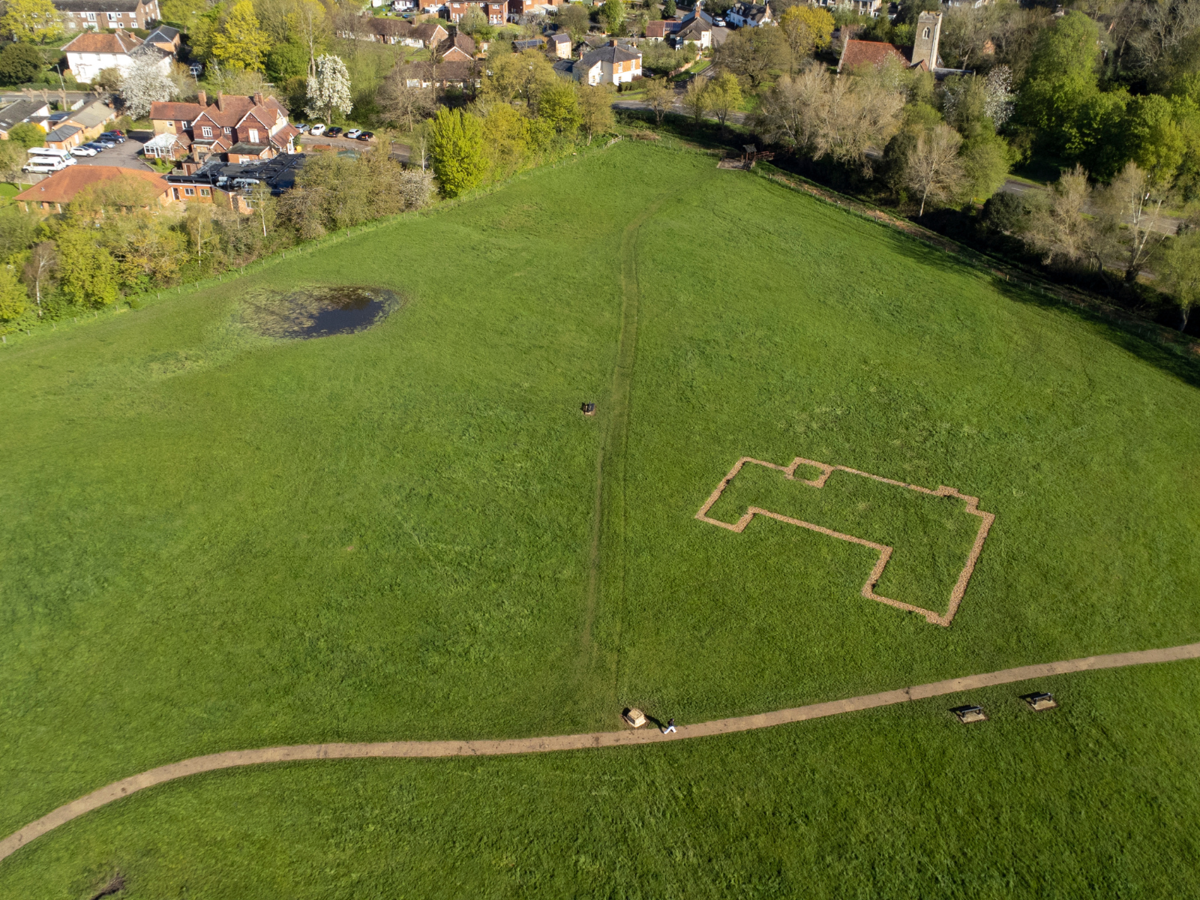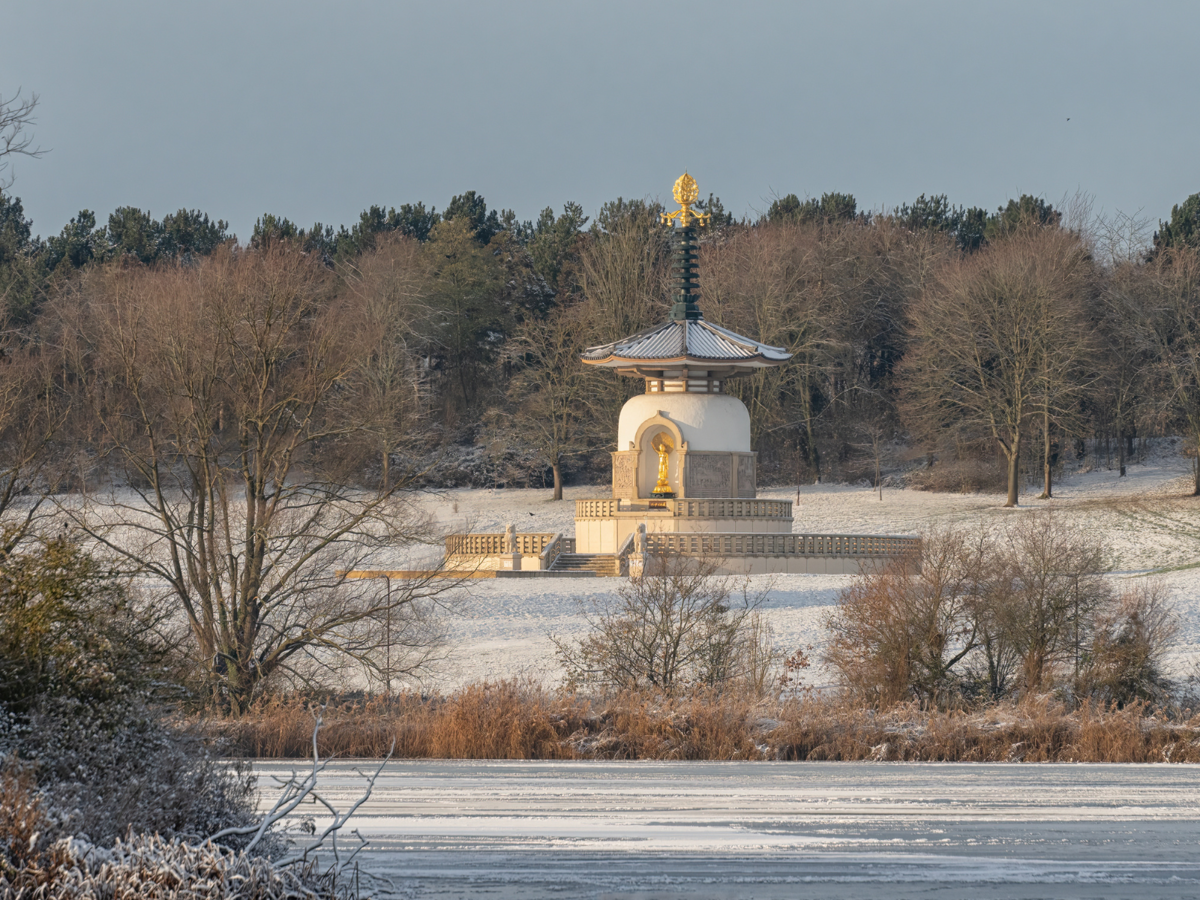
Great Linford Manor Park Heritage Fund Project
Learn more about our Heritage Lottery Funded project to restore this historic park in Milton Keynes.
In 2015 we were generously awarded funding from the National Lottery Heritage Fund and Community Fund under their Parks for People programme to restore Great Linford Manor Park's historic features and to make the park more accessible for visitors.
Great Linford Manor Park is a special and wonderful place to visit, with a history that can be traced back at least to Saxon times. Many of its features, for example the Water Gardens and nearby Wilderness Garden, date from the 17th and 18th Centuries, when the park was laid out to provide the setting to the impressive Manor House (a private property) that still provides the main focal point in the park today.
In October 2020 we appointed Ground Control as contractors to carry out our Masterplan for the park. The restoration works that have taken place are explained below.

Our major restorations of the Water Gardens took place between 2020-22. Firstly we removed and relocated many self-seeded trees which were causing damage to the pond walls and dropping leaf debris into the water. The trees had made the Water Gardens feel dark and the water was very smelly during summertime. We then drained and dredged the ponds to clear the debris and access the historic walls. Stonemasons restored the walls using the local limestone and consolidated water from the natural Hine Spring into one stream. Now a new basin fills with water from the spring where it begins its journey through the Water Gardens.
The Cascade Pond (on the other side of the canal), was drained and dredged and the old cascade was dismantled, transforming it from a stagnant pool into a magnificent Water Garden, retaining its secret garden feel. Now, a new path leads around the pond, which can be reached from the Railway Walk redway, Campion or along the canal towpath.
The Water Gardens were masterminded by hydrological engineer Marcus White from Hydreau.

This area of the park is outside of the Ha-ha ditch. It was once the wider farmland belonging to the Manor and the ha-ha was added to keep livestock out of the formal gardens. Now the Wood Pasture is home to a set of wooden sheep, created by Luke Chapman, which represent where the animals once grazed. At the edge of the canal you can find some sculptures of horseshoes, created by Arcangel, which have been inspired by the workhorses that used to tow canal boats along.
Within this area you can find the park's arboretum: a collection of special and exotic trees. The exotic trees now have labels which makes them easy to identify. You can also discover what's there using our handy Arboretum map.

The Wilderness is a key feature of an English Landscape Pleasure Garden. It was, and still is, the perfect place for a leisurely walk with family or friends. New, accessible footpaths have been laid to enable everyone to explore this area. Tucked away in the Wilderness, we have reinterpreted the Doric Seat, which was built in the 18th century, but sadly vandalised and destroyed in the 1970s.
The original structure has been reinterpreted as a low brick wall with limestone caps. A metal frame outline of the Neo-Classical portico has been beautifully crafted by metalworkers, Arcangel, and it can be seen from the path alongside the canal. Visitors are welcome to walk around the inside of the Doric Seat; it's a great place for a picnic, as somewhere to relax or to enjoy a storytelling session. Interpretation panels show an artist's impression of the historic view from the Doric Seat and the glass window shows what the original 18th century structure looked like.
Around the Wilderness, we have planted new trees and shrubs inspired by 18th century planting. A boardwalk now leads underneath the ancient Lime Tree to protect its roots for the future. The Wilderness is also home to the lime leaf stepping stones, which were created by local stonemason Louis Francis.

We have been working hard to improve the visitor experience of Great Linford Manor Park. This includes works to the Memorial Hall car park, which we have enlarged and opened up, making it a safer and more accessible area.
We have provided additional parking around the pond at Parklands as well as an overflow car park adjacent to the church meadow. This is open on event days.
The 19th-century High Street gates have been lovingly restored and welcome visitors to the park from the village.

The park is home to 7 playable sculptures which were created from the input of local schoolchildren. These include horseshoes, lime leaf stepping stones, sheep, lime leaf chair, boulders, snake and wildflower seed pods.
There is an infant play area for younger children adjacent to the Great Linford Memorial Hall.
There is also a free Alphabet Trail which takes you on a journey around the park, where each letter tells a story from its history.

Throughout the project, we have been mindful of the wildlife in the park. To help create more habitats for invertebrates, we have created a new wildflower meadow in the park. Here we spread cut grass from nearby Stonepit Field, which has now regenerated into a young meadow. In years to come, the meadow will serve as a valuable habitat.

Visit the Great Linford Manor Park webpage for more details on how to get to the park, free car parks, facilities and accessibility.



Discover Milton Keynes' heritage by exploring the city's historical landmarks and scheduled ancient monuments.

